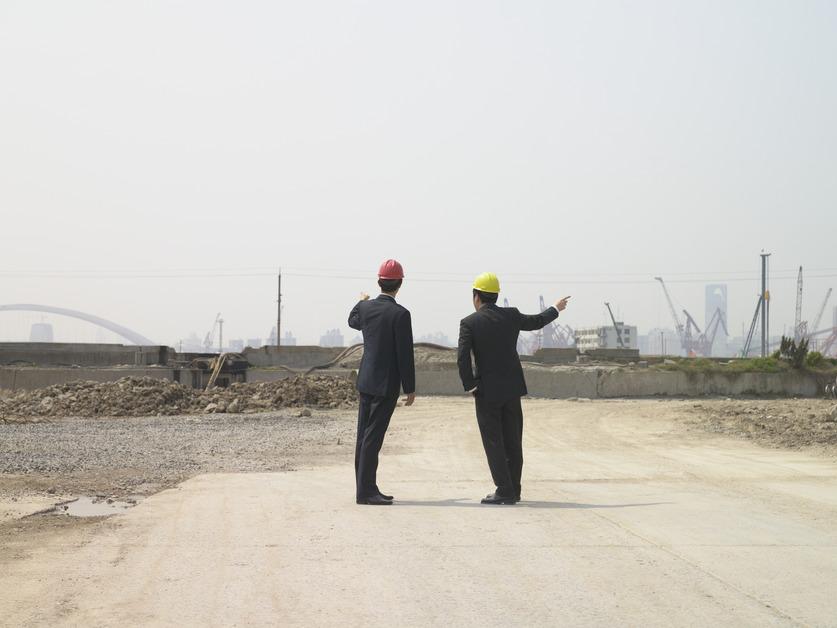Sustainable Engineering Is the Future — But What Is It Exactly?
Published Jan. 4 2023, 10:11 a.m. ET

Especially during the ongoing climate crisis, it's crucial to remember our planet's resources are finite. And with some countries more vulnerable than others, succumbing to the effects of global warming on a regular basis, we must more forward with the environment in mind.
This brings us to sustainable engineering, a future of systems that align with the environment.
What is sustainable engineering?
As defined by UNESCO, sustainable engineering is “the process of using resources in a way that does not compromise the environment or deplete the materials for future generations.” Basically, it means finding ways to live more sustainably.

There is a growing interest in the field
Oxford University considers sustainable engineering essential to our future. In the school’s program, students learn to figure out our current ways of life, and adjust them for our ever-changing climate.
Oxford is one of the many places where sustainable engineering is growing in popularity. According to data collected by StudyPortals, interest in the sustainability field tripled between 2015 and 2015, with the highest interest spikes in Singapore, Puerto Rico, Bhutan, Guatemala, and Brunei.
The increasing interest in these countries correlates with their high susceptibility to climate change and economic reliance on practices that are running out.
From major deforestation in Papua New Guinea to agriculture in Myanmar, sustainable engineering interests are rising as a necessary protection for livelihood.
For example, in the small country of Brunei, fixed on the remote island of Borneo, the palm oil industry has been detrimental to local communities, wildlife, and the climate. In addition to this, oil and gas production make up a large part of the country’s economy, making the interest in sustainable energy alternatives crucial.

What does sustainable engineering entail?
Basically, a lot of this engineering is reworking systems to make better sense for the future. In other words, creating a balance between humans and the environment by designing systems that focus on sustaining resources and efficiency, per Oxford University.
Oxford University maps out the subject matter into these possible categories:
Food production and preservation
Housing and shelter
Waste disposal and management
Pollution reduction
Water supplies
Energy development and consumption
Transportation
Restoring natural resource environments
Improvements in industrial processes

What does a job in the field look like?
The responsibilities of a sustainable engineer can range and depend on the location, However, the consistent truth is that a sustainable engineer, (also sometimes known as an environmental engineer) is tasked with designing the technologies and systems of the future as solutions to current environmental problems and risks, per Oxford University.
This could look like creating new waste disposal methods, analyzing the environmental impact of current processes, etc.
Oxford lists the possible responsibilities of a sustainable engineer as:
Data collection
Evaluate environmental impact
Report writing
Communicating with local residents and communities
Implement new processes
Offer advice to companies, councils, and organizations
Liaise and advise clients